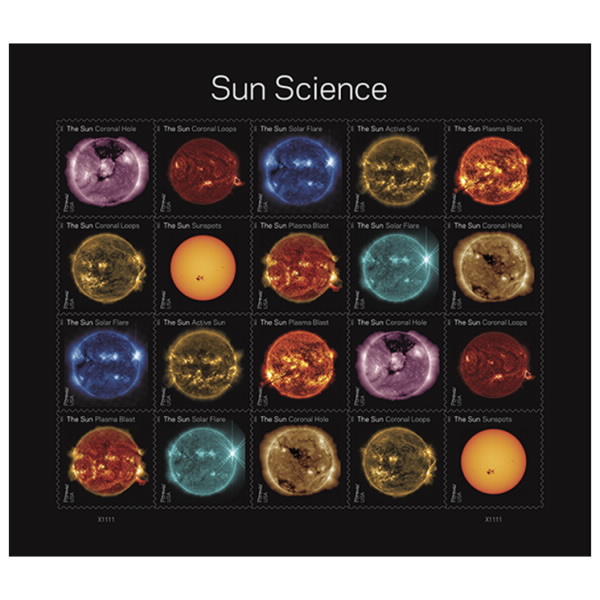
Adenine, cytosine, guanine, and thymine. (Like in the movie GATTACA.)
Book: A Crack In Creation: Gene Editing and the Unthinkable Power to Control Evolution
by Jennifer A. Doudna and Samuel H. Sternberg
published by Mariner Books / Houghton Mifflin Harcourt, New York
2017
Imagine not only having the scientific skills to be recognized with a Nobel Prize, but also the communication ability to explain the scientific landscape context in which you did it, AND the basics of the science? You don’t have to just imagine it: you can read this book!
Doudna and Sternberg describe this important technology well. My own limited summary of what they’ve proven would be: bacterial chromosomes store DNA snippets of viruses they encounter, which they use to mount a precise defense against viruses; the way they store the information is so consistent that it works like a programming language; and these precision DNA-targeting defenses are useful for scientists to make precise modifications to DNA.
This impressive book describes past and current developments in genetic editing, tools and approaches (including Zinc Finger Nucleases and Transcription Activator-Like Effector Nucleases), what other scientists were discovering, and Doudna’s work with many collaborators on developing CRISPR Cas9 into a useful tool for human scientists. I appreciate the authors’ work in identifying and crediting other actors in this space, and how the collective contributions to overall knowledge supported further discoveries.
Doudna and Sternberg write clearly about very complex topics, and do a great job of covering this technology at a high enough level that non-biochemist readers can grasp the general concepts without needing to fully understand the mechanics of it all. (There were times when they were working on one problem, and tested it by developing a tool that seemed just as hard as the problem they were trying to address, which both impressed and surprised me, catching me up further to the current state of what is possible. )
The book continues beyond the science of how CRISPR Cas9 works into the ethical implications of being able to impact our own evolution, which is a discussion Doudna is actively promoting. The book suggests that the scientific community’s expanding knowledge of genetic disorders appears to be pointing toward good, single-mutation candidates for potential therapeutic treatments in humans, but that more complex conditions would require other solutions, and that we need much more data – and some difficult ethical conversations – to determine whether to change human genes in an inheritable way.
I did object to a few positions in the book which speculated on using technology to favor business interests over consumer demands, the environment, and animal welfare. These positions may attract investment from “Big Ag” while turning off the public.
– Doudna compares CRISPR to Big Ag’s Genetically Modified Organism campaigns, and blames consumers for not embracing the self-serving objectives of Ag corporations. The industry modifications were intended to consolidate business, not benefit consumers or meet any specific consumer demand. Consumers should not be expected to embrace products which do not directly benefit them. Various national laws, including those in the EU and India, have recognized that GMO use is not a purely scientific matter, but one of industry consolidation and domination, and one which has environmental impacts.
– While the UN Climate organizations are advising us to dramatically reduce animal agriculture, the authors here see engineering animals to eat more favorably than our global crisis or public health require.
– The concept of animal welfare is raised but not meaningfully addressed, or is addressed in an industry-over-animals point of view. (Writing on animal welfare should NOT make me think of internet jokes about inert monsters produced for fast food chains!)
CRISPR Cas9 has vast potential as a tool to improve human health in the area of genetic diseases – what a time to be alive! – and the complex process of determining appropriate priorities and ethical frames for this important work still lie ahead. This is a clear, thoughtful, informative book for learning more about this technology and the ethical concerns this technology creates.








